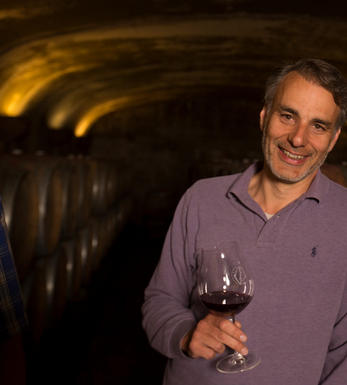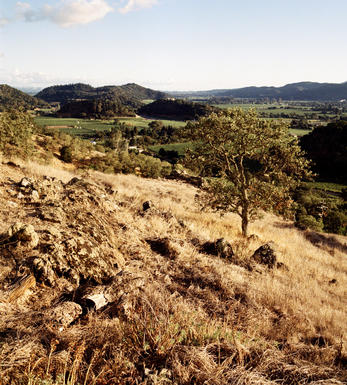
2020 Nicolas-Jay, Affinités, Chardonnay, Willamette Valley, Oregon, USA

About this WINE

Domaine Nicolas-Jay
Domaine Nicolas-Jay is a winery in Willamette Valley, Oregon. It is a collaboration between Jean-Nicolas Méo of Burgundy’s Domaine Méo-Camuzet and Jay Boberg, an American music producer. Established in 2013, Nicolas-Jay produces a range of Chardonnay and Pinot Noir wines from several distinct sub-regions around Oregon, notably the AVAs (American Viticultural Areas) of Yamhill-Carlton, McMinnville and Dundee Hills. Their first vintage was 2014.
The co-founders had been friends for over 30 years when they established Nicolas-Jay. They started out using other producers’ winemaking facilities before buying a vineyard and constructing a winery of their own. They purchased Bishop Creek, a seven-hectare, organically farmed vineyard in Yamhill-Carlton, which became their estate vineyard. They also source fruit from high-quality growers. The range includes single-vineyard bottlings as well as a Willamette Valley blend. All of Nicolas-Jay’s estate vines are farmed organically, and most of the grapes they purchased are organic or biodynamic.

Willamette Valley
The Willamette Valley Viticultural Area lies in the Willamette Valley of Oregon. At 5,200 square miles (13,500 km2), it is the largest AVA in the state, and contains most of the state's wineries; The Willamette Valley AVA was established in 1984, and since then six smaller AVAs have been created within the northern portion of Willamette Valley (Dundee Hills, probably the best known, Chehalem Mountains, Eola-Amity Hills, McMinnville, Ribbon Ridge, and Yamhill Carlton ).
Its soils, rich in volcanic and glacial deposits are ideal for wine-growing. This combines with the Willamette Valley’s relatively mild climate: cool, wet winters and warm, dry summers.
The region's terroir provides some of the best conditions for growing Pinot Noir. Although Williamette Valley is worldwide acclaimed for their production of Pinot Noir wines, it also produces such varietals as Pinot Gris, Pinot Blanc, Chardonnay, Riesling, Gewurztraminer, Sauvignon Blanc, and limited quantities of Cabernet, Merlot and Syrah.

Chardonnay
Chardonnay is often seen as the king of white wine grapes and one of the most widely planted in the world It is suited to a wide variety of soils, though it excels in soils with a high limestone content as found in Champagne, Chablis, and the Côte D`Or.
Burgundy is Chardonnay's spiritual home and the best White Burgundies are dry, rich, honeyed wines with marvellous poise, elegance and balance. They are unquestionably the finest dry white wines in the world. Chardonnay plays a crucial role in the Champagne blend, providing structure and finesse, and is the sole grape in Blanc de Blancs.
It is quantitatively important in California and Australia, is widely planted in Chile and South Africa, and is the second most widely planted grape in New Zealand. In warm climates Chardonnay has a tendency to develop very high sugar levels during the final stages of ripening and this can occur at the expense of acidity. Late picking is a common problem and can result in blowsy and flabby wines that lack structure and definition.
Recently in the New World, we have seen a move towards more elegant, better- balanced and less oak-driven Chardonnays, and this is to be welcomed.


Buying options
Add to wishlist
Description
The 2020 Affinités Chardonnay opens with citrus blossom, lemon curd and quince. These seductive aromatics give way to hints of river rock, fresh rain and baked apples.
Minerality and wet stone on the palate reveal flavours of lemon zest and tart candied apples. Tightly-grained French oak nuance and fruit-driven intensity add weight and power as the wine continues to drive forward.
This impressive chardonnay is defined by its linear precision and consistent tension. There is a remarkable purity here, an electricity of bound energy that cannot be mistaken for anything other than a wine of significance and ageability.
wine at a glance
Delivery and quality guarantee